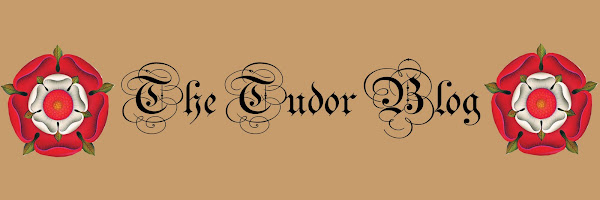
Thomas Cromwell, born into a poor family, rose quickly to prominence in the court of King Henry VIII.
Although once a close patron and supporter of the Boleyn family during their rise to power through Anne's relationship with the king, Cromwell shrewdly supported Henry in disposing of Anne Boleyn and replacing her with Jane Seymour. During his years as the King's chief minister, Cromwell created many powerful enemies for himself.
His final downfall, however, was caused by the haste with which he encouraged the king to marry Anne of Cleves. This enterprise became a disaster when King Henry found Anne of Cleves to be unattractive and never consummated the marriage. Henry told Cromwell to get him out of the marriage by legal means, but the king was obliged to go ahead with it or risk losing the vital German alliance. The disaster of the king's marriage to Anne of Cleves was all the opportunity that Cromwell's opponents, most notably the Duke of Norfolk, needed to orchestrate his fall from grace.
Even though he was made the 1st Earl of Essex by the king in April 1540, Cromwell became very suspicious that his downfall was coming, because he had never been so officially high in the king's graces. Cromwell's fears were to be proved correct. Whilst at a Council meeting on June 10, 1540, Cromwell was arrested and imprisoned in the Tower of London. Cromwell was subjected to an Act of Attainder and was kept alive by Henry VIII only until his marriage to Anne of Cleves could be annulled.
He was executed at the Tower on 28 July 1540, the same day that the king went on to marry Catherine Howard. After his execution, Cromwell's head was boiled and set upon a spike on London Bridge, facing away from the City of London. Edward Hall, a contemporary chronicler, records that Cromwell made a speech on the scaffold, professing to die, "in the traditional faith" and then "so paciently suffered the stroke of the axe, by a ragged Boocherly miser whiche very ungoodly perfourmed the Office".
- Posted using BlogPress from my iPad













